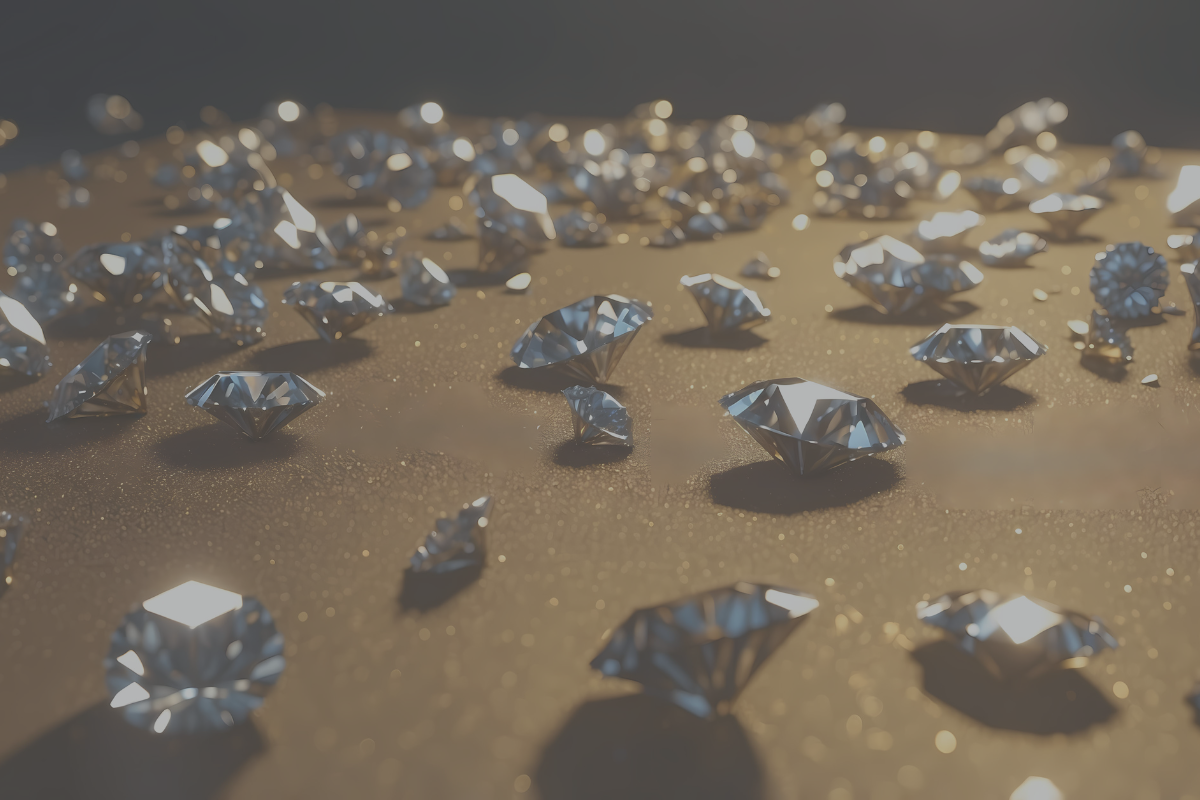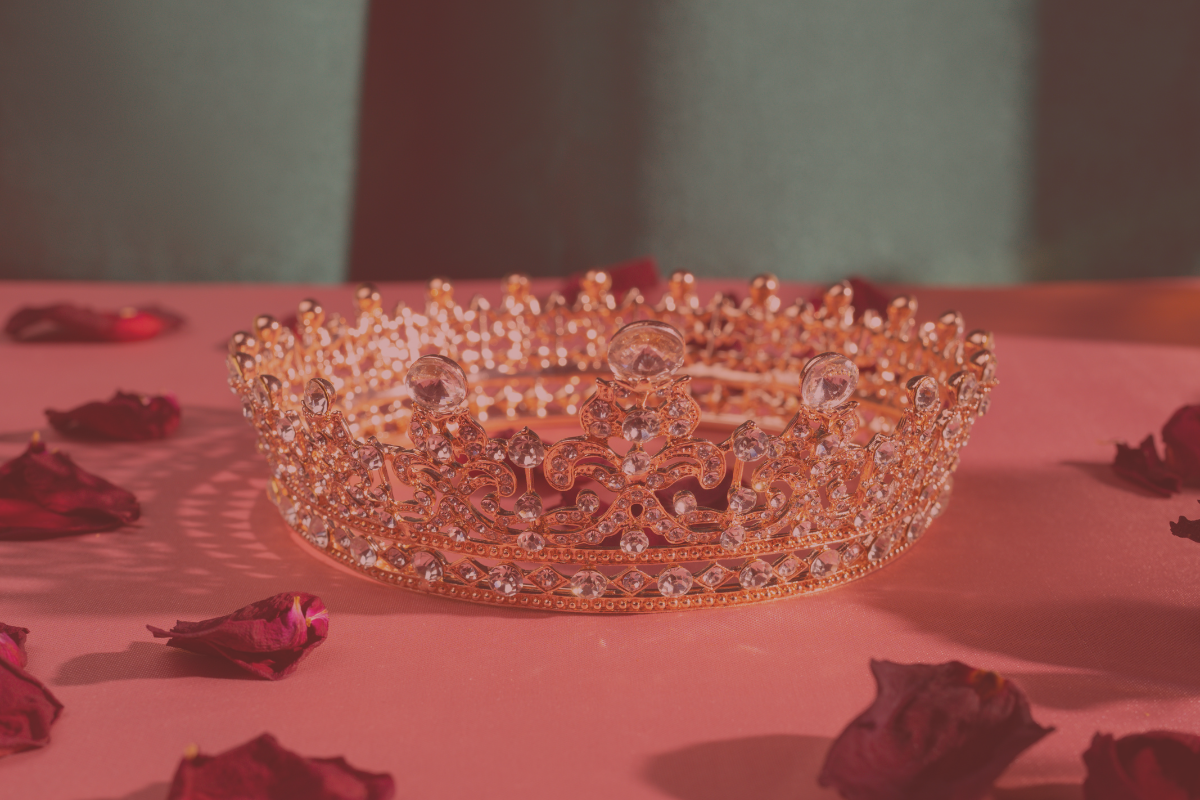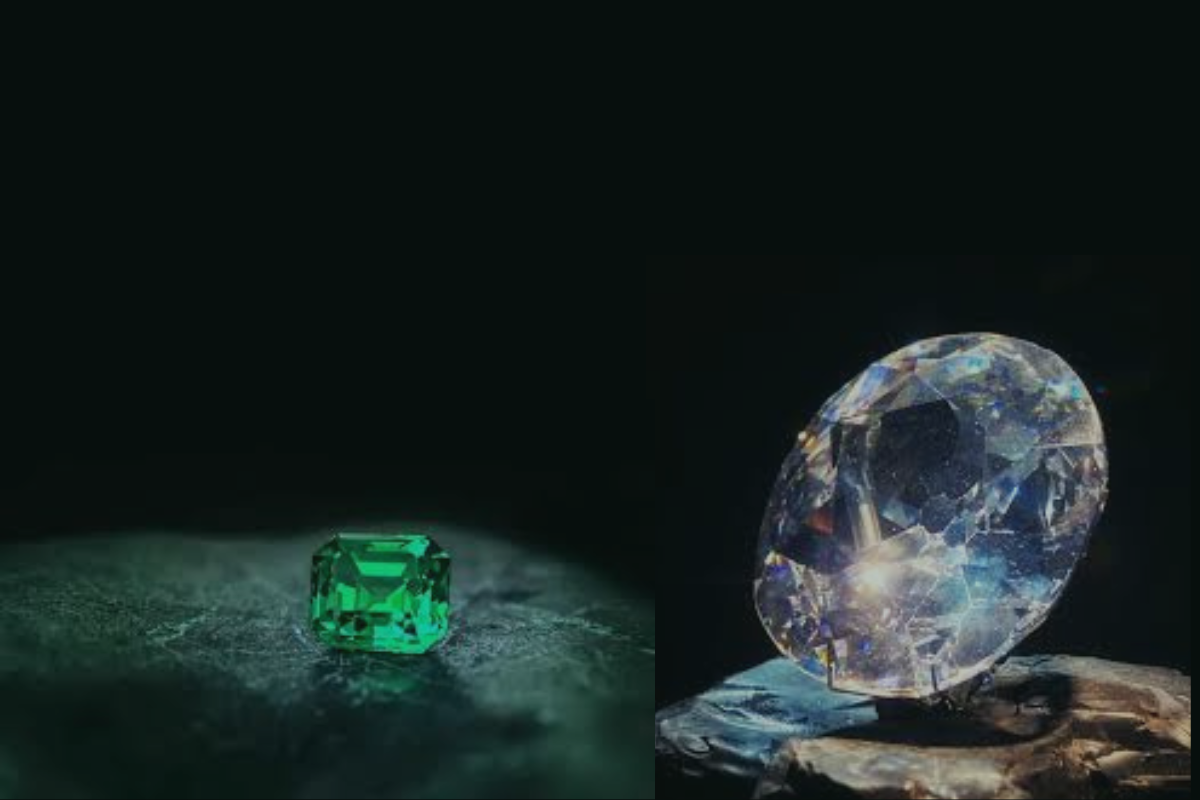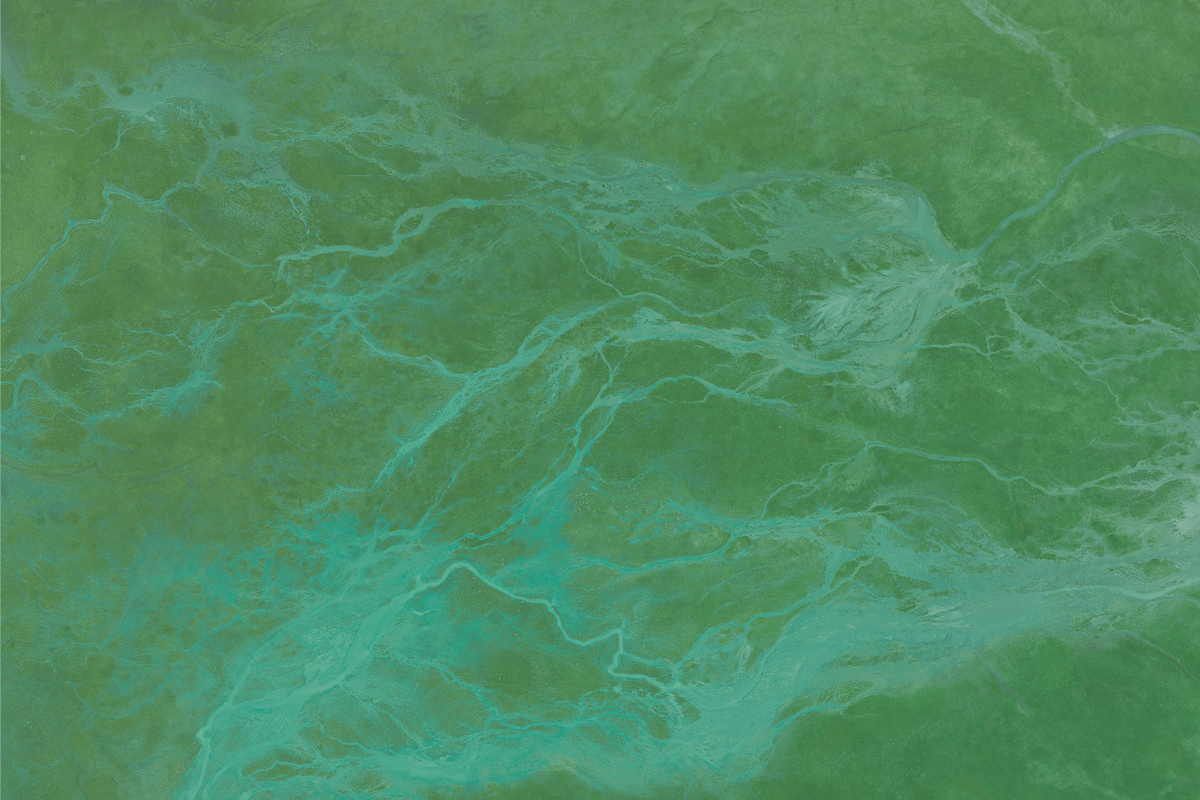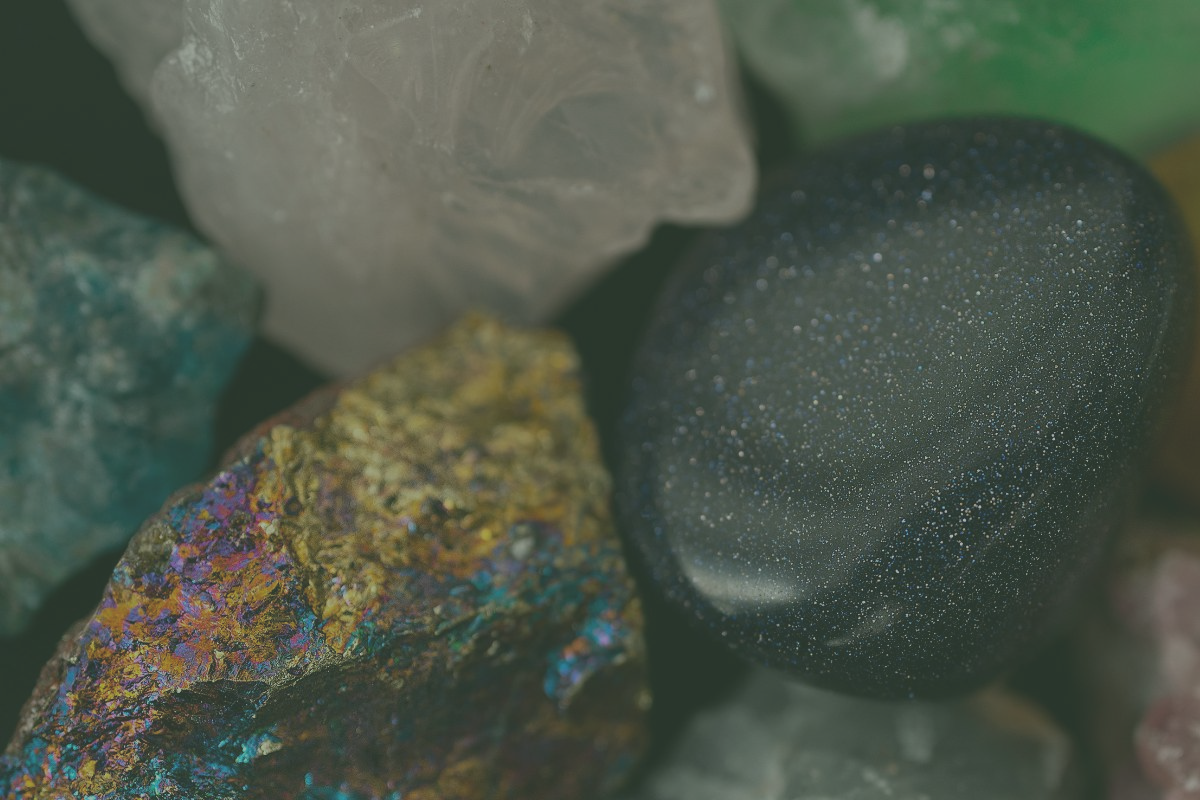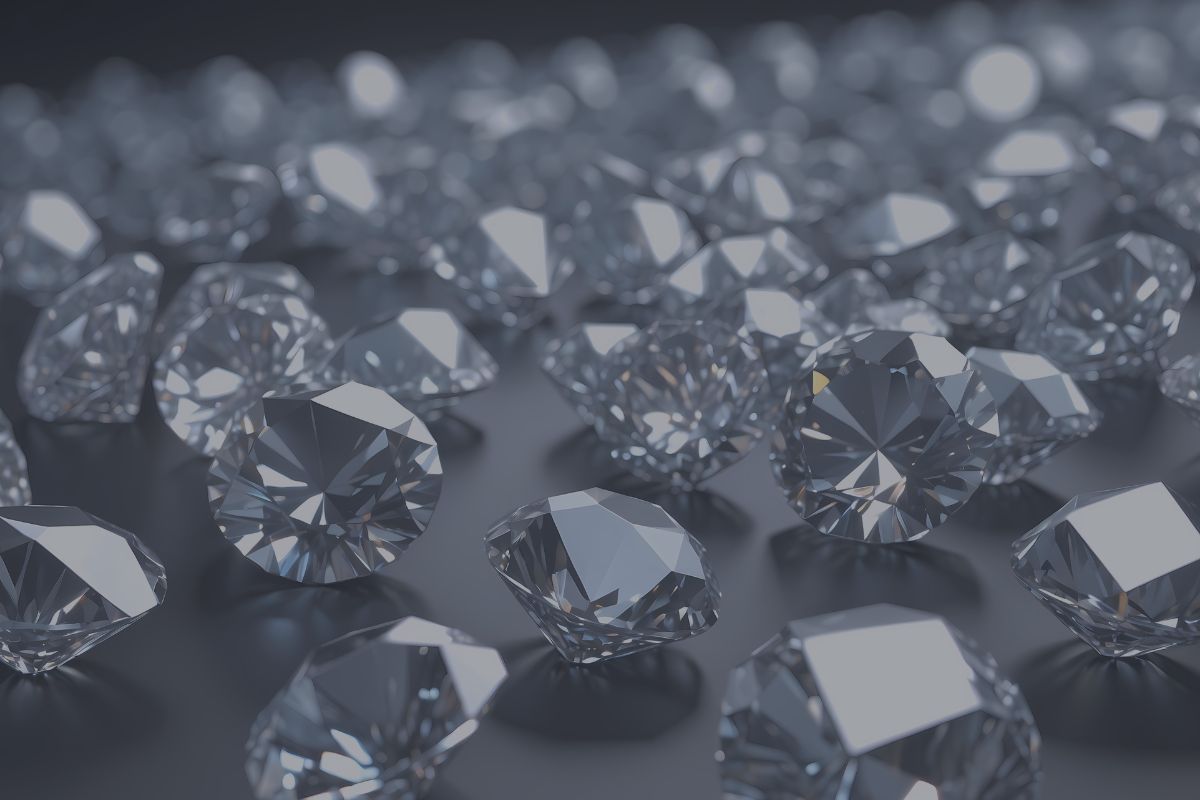Few gemstones in the world can combine charm, rarity, and mystery quite like alexandrite. This variety of chrysoberyl, discovered in the early 19th century in the Ural Mountains, captivates with its extraordinary ability to change colour: green in natural light, purplish red under artificial light. An optical marvel that inspired the famous motto “emerald by day, ruby by night.” Its secret lies in the presence of trace amounts of chromium, which alter light absorption and give the gem its unique, magnetic character.
The history of alexandrite is closely intertwined with that of Imperial Russia. According to tradition, the stone was presented in 1834 to the young Alexander II on his sixteenth birthday, and from then on it bore his name. Its dual chromatic nature, green and red – the same colours as the Tsarist military flag – made it a symbol of power and loyalty, eventually becoming the national gem of the Empire. Worn by noblewomen and members of the court, it soon became an object of fascination for European collectors and jewellers, appearing in refined 19th-century Victorian and Russian creations.
Beyond its beauty, alexandrite has long carried deep symbolic meaning. Considered a stone of transformation and balance, it is associated with the ability to adapt to change and find harmony between opposites. In Russia, it was believed to shift colour as a warning of imminent danger or the presence of false friends, reinforcing its reputation as a “living” gem. In the 20th century, it was recognised as one of June’s birthstones, alongside pearl and moonstone, and as the ideal gift for a 55th wedding anniversary – a symbol of rare and enduring love.
The original Ural mines are now nearly depleted, but new deposits in Brazil, Sri Lanka, Madagascar, Tanzania, and India have brought the gem back to the market, though it remains exceptionally rare. Russian alexandrites remain unmatched in colour-change intensity, while Brazilian and Sri Lankan stones are known for their softer or slightly bluish hues.
Today, alexandrite is considered one of the most promising gemstones on the market. Its natural scarcity, growing demand from international collectors, and the limited number of top-quality specimens continue to drive its value upward. Stones with a sharp and vivid colour change, free of visible inclusions and weighing over one carat, can reach prices comparable to those of the finest diamonds.
PUBLICATION
20/11/2025
Supplied by Assogemme

